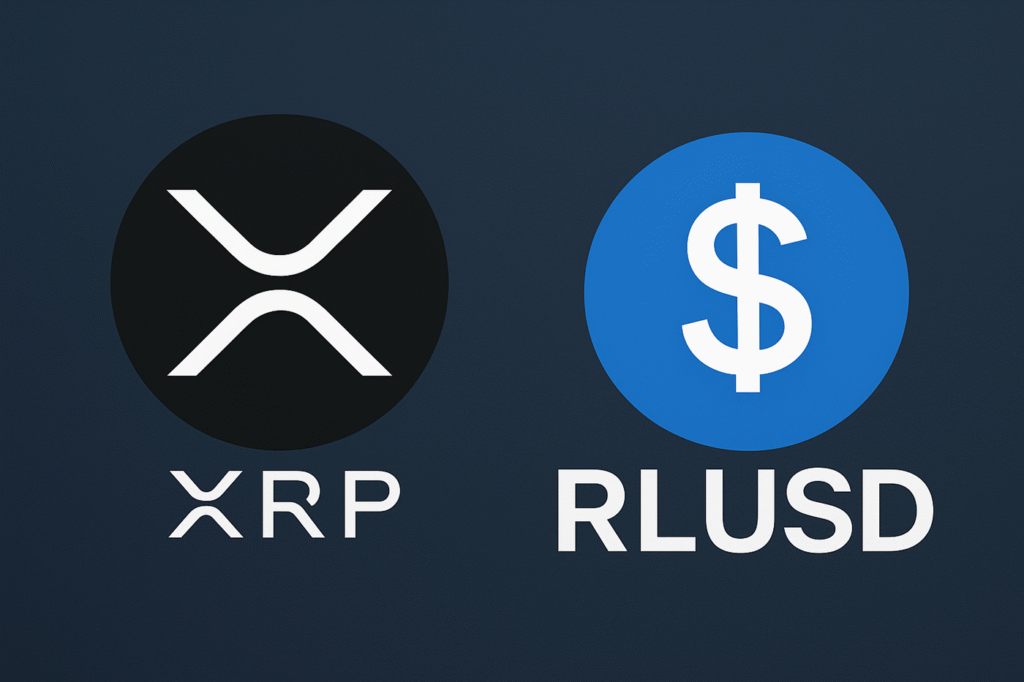In the rapidly evolving landscape of digital finance, the role of cryptocurrencies continues to be a topic of intense discussion and analysis. As innovative technologies reshape the sector, the focus often shifts to the potential of various digital assets to revolutionize established systems. Among these discussions, Ripple’s journey with its native cryptocurrency, XRP, stands out. The emergence of stablecoins like RLUSD reflects a significant pivot in Ripple’s strategy, sparking debate over the future utility of XRP as a bridge currency.
Ripple’s Strategic Shift: The Role of Stablecoins in Digital Finance
Ripple’s original vision focused on utilizing XRP as a universal bridge currency to facilitate cross-border transactions. However, the recent introduction of Ripple’s stablecoin, RLUSD, symbolizes a transformative shift in this strategy. At the American Banker’s Digital Banking 2025 conference, BitGo CEO Mike Belshe highlighted this evolution, questioning the necessity of XRP in light of new developments.
The Evolution from XRP to RLUSD
During his presentation, Belshe advocated for direct Federal Reserve accounts for digital asset firms, arguing that, while not essential, a Fed master account could simplify transactions significantly. He then retraced Ripple’s early days, critiquing the two-step conversion model of converting dollars to XRP and then to other currencies such as pesos. “It turns out that’s two conversions, right? And USD stablecoins are just better,” said Belshe, underscoring the efficiency of stablecoins over traditional bridge tokens.
Understanding the Role of Stablecoins
Stablecoins like RLUSD are emerging as vital players in the digital economy, offering stability and serving as the backbone for transactions. Ripple’s RLUSD, approved by New York’s DFS and launched last December, has seen exponential growth. By June, its market capitalization soared to $450 million, with daily trading volumes exceeding $84 million.
Despite these changes, Ripple maintains that RLUSD is not a replacement but a complement to XRP. According to Ripple CTO David Schwartz, RLUSD provides price stability while XRP remains crucial for path-finding and liquidity within non-dollar transactions. This dual-system approach aims to enhance Ripple’s ecosystem rather than diminish the importance of its native coin.
The Community’s Reaction to Ripple’s Strategy
The crypto community remains divided on Ripple’s strategic shift. Some enthusiasts argue for the continued necessity of XRP, emphasizing the need for further innovations like spot ETFs and XRP Treasury Strategies. Meanwhile, other critics view the pivot to stablecoins as an acknowledgment of the challenges inherent in using XRP as a bridge currency.
Is Fantom (FTM) a Good Long-Term Investment?
Fantom (FTM) has caught the attention of investors due to its scalable infrastructure and minimal transaction fees. However, potential investors should carefully assess current market dynamics, track technological advancements, and evaluate the competitive landscape before making a commitment.
How Does RLUSD Differ from Traditional Stablecoins?
RLUSD is designed to integrate seamlessly within Ripple’s payment ecosystem, providing stability while facilitating efficient cross-border transactions. Unlike traditional stablecoins, RLUSD emphasizes path-finding and liquidity management, enhancing Ripple’s broader strategic objectives.
What Are the Implications of Stablecoin Adoption for XRP?
While stablecoins like RLUSD offer certain advantages, XRP continues to play a vital role in Ripple’s network, particularly in liquidity provisioning and facilitating non-dollar transactions. The introduction of stablecoins is seen as an expansion rather than a replacement of XRP’s functionality.
What Are the Benefits of Using a Financial Insights Platform?
Utilizing platforms such as Finances Zippy provides investors with real-time price predictions and expert-driven market trends, enabling them to make well-informed decisions in the dynamic cryptocurrency market.
In conclusion, Ripple’s strategic shift towards stablecoins reflects broader trends in digital finance, fostering innovation and debate about the future roles of various cryptocurrencies. This comprehensive guide delves into the technological underpinnings of these developments, offering insights that help investors navigate this rapidly changing landscape.

